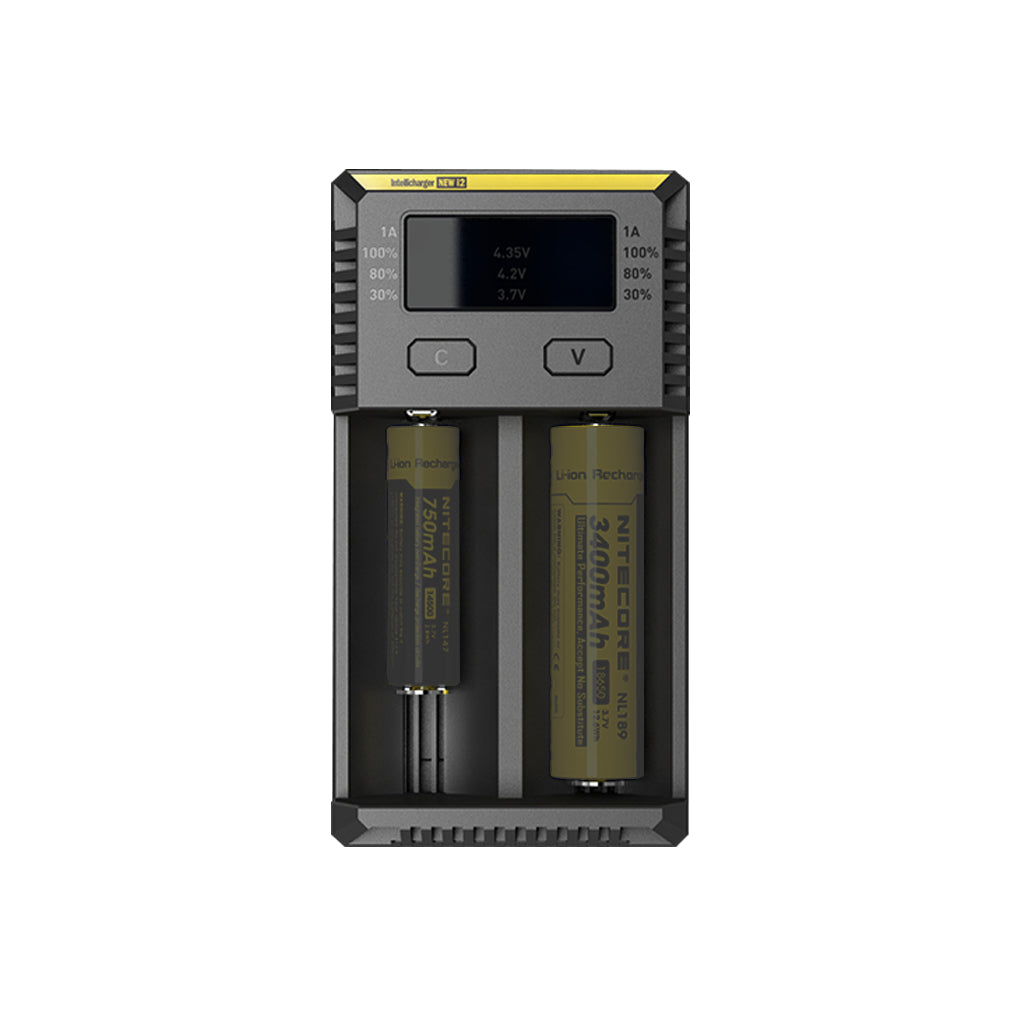
The two most unique are the longitudinal and the diagonal musculature. These include longitudinal, ring-, radial-, and diagonal musculatures. Their tentacles also have various unique muscles. They move by swimming with their tentacles being in an aboral position. Other deep-sea inhabitants feed upon its faeces.
#Medusa distribution full
With a full stomach it turns from the surface back to the depths. There was a 27% abundance of copepods, 23% abundance of pteropods, 20% abundance of amphipods, 17% abundance of euphausiids, and a 13% abundance of chaetognaths. The prey in their digestive system was examined as well as the abundance of the prey. In this experiment it was found that each jellyfish had only an average of five different species of prey in their digestive system. In 2017, many helmet jellyfish were caught to be studied to determine their main prey. If they do reach this speed, it is assumed that they follow this with a time of no vertical movement. If they are swimming at full speed they can reach over 10 cm/s, but this is only for a short time span. The majority of their vertical swimming is seen at a speed of <2 cm/s. Through their vertical swimming, the jellyfish can swim several different speeds. Helmet jellyfish consistently have been found at higher depths, across different locations, if they are smaller in size or are less fit juveniles. However, they can also be seen commonly at different depths depending on their physical size and age. This observation of migration shows that they are constantly migrating vertically throughout the depths of water based on the amount of available sunlight at the given time. At this depth, one-third of the total population inhabited the lower water column during daylight while less than 10% were found at the same depths after the sun had gone down. The jellyfish were also seen as far below the surface as 250 m. The abundance of helmet jellyfish at the depth of 150 m during the day time is nearly three times the abundance of them found during the nighttime. They're found in abundance at a depth of approximately 13.75 m during the nighttime, and as deep as 150 m during the daytime. The depth that they can be found at varies throughout the day. They are found in these deep and dark waters due to the fact that sunlight can be very harmful to adult helmet jellyfish, and even deadlier to younger helmet jellyfish. Not only have they become adapted and more abundant in darker environments, but they are also found in very opaque and cloudy waters.

The jellyfish is found in depths up to 2700 meters and is adapted to its dark environment. These tentacle postures are how each individual helmet jellyfish swims. The two most common type of tentacle postures are straight-extended tentacles with a forty-five degree angle in respect to the oral-aboral body axis, and straight-extended tentacles with a forty-five to ninety degree angle in respect to the oral-aboral body axis. Through observational studies, it was found that within fifty-one of the observed jellyfish, there were eight different tentacle postures. The helmet jellyfish have twelve tentacles that consist of layers of endoderm and mesoglea, but each jellyfish can have a different type of tentacle posture. They have a biochemical content that consists of having a small amount of carbohydrates, average amount of lipids, and a large content of protein. Their nature of avoiding light has given them the title of being photophobic. Between their marginal lobes sit small sense bulbs, by which the helmet jelly can distinguish between light and dark they have been observed to avoid light.

They light themselves from within by means of bioluminescence, the red flashes serving as a signal amongst themselves. They consist 90% of water, the rest being tissue and gelatinous mass, which give the animals their form. Overall, helmet jellyfish have a uniform size. The average wet weight of the jellyfish is 540 grams. Helmet jellyfish reach a body size of up to 30 cm (12 in). Helmet jellyfish feeding on an armhook squid underwater


 0 kommentar(er)
0 kommentar(er)
